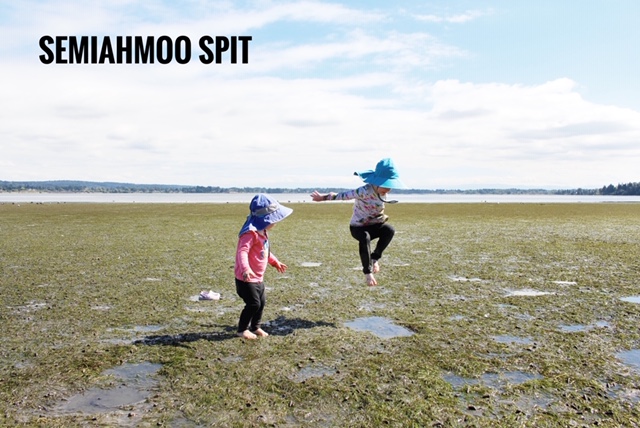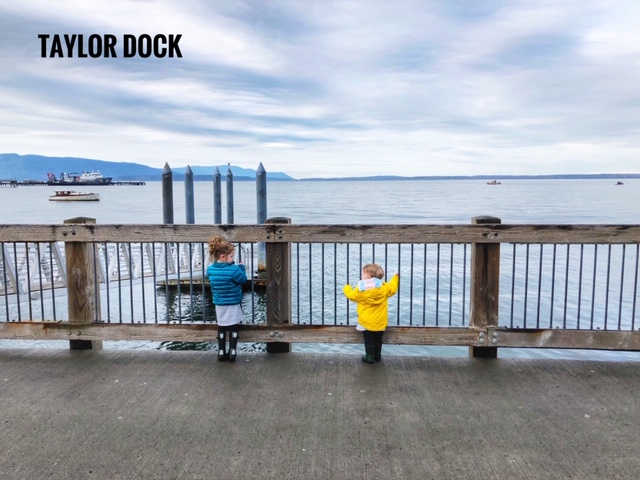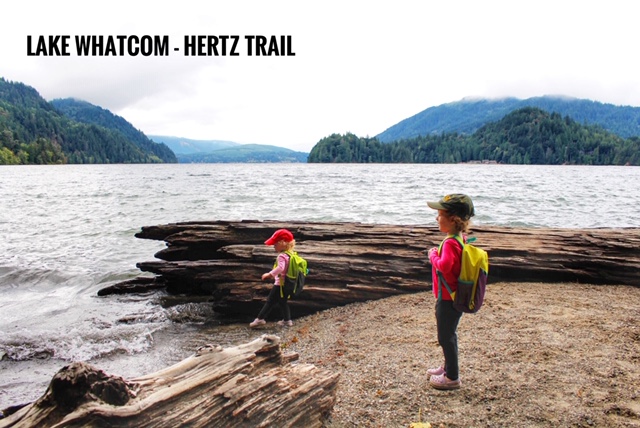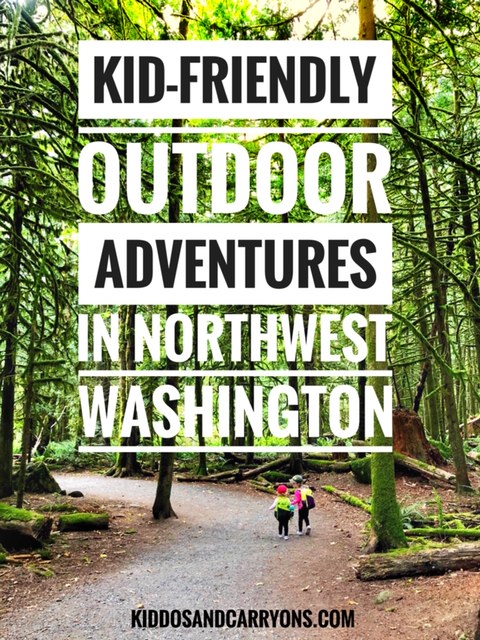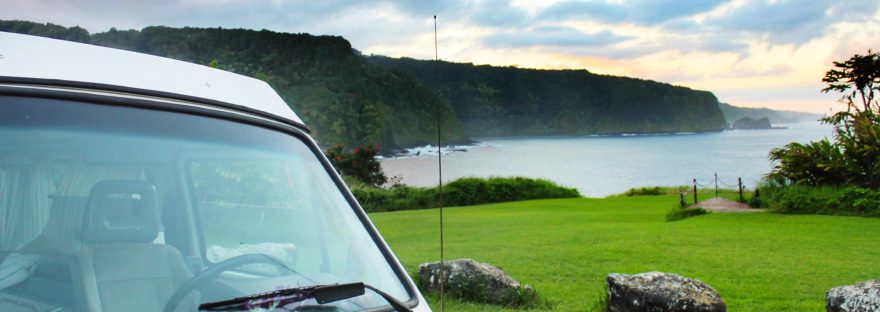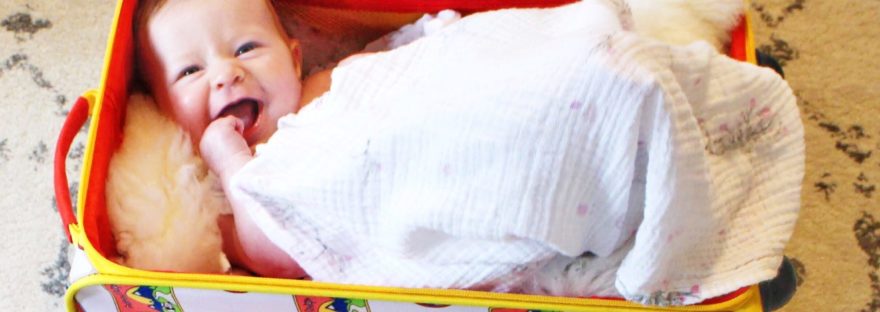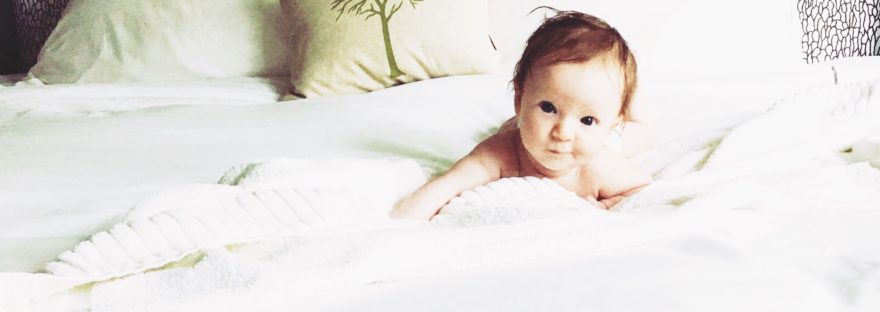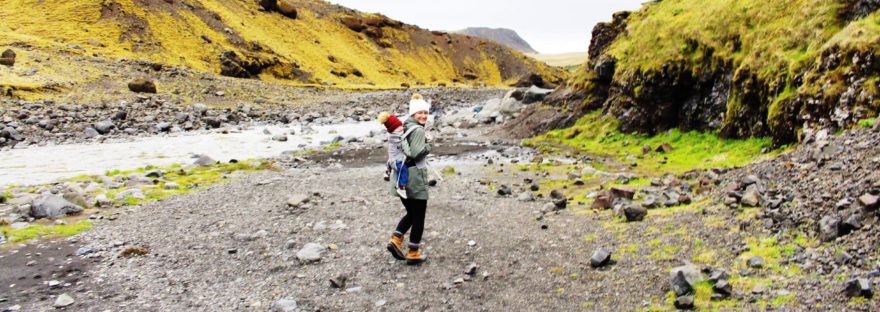Guest Post by Peggy Windsor Halliday aka My Mom! She wrote this in 1992 and it absolutely holds up today.
The key to successful travel with children is realizing that it requires hard work but that the rewards are tremendous. Traveling together is one of the most important things you can do as a family. Shared experiences are among the best gifts that you, as a parent, can give your children. But there is a lot more to it than throwing the kids in the car and driving away. Good planning and realistic expectations make the difference between a successful trip and one you would rather forget.
Why is Family Travel Important?
These are the days of “living in the fast lane”. Parents and children alike are busier today than they have ever been– busy for the most part with activities that don’t intersect the lives of other members of their families. Many families share a home but little else. Even meals together are rare.
Family vacations draw us together through mutual experiences in an atmosphere removed from the distractions of work, school, daycare, friends, and housework. The family is responsible only to itself and for itself. Family vacations build the traditions and memories that bond us together for the rest of our lives.
Car travel throws us together in such a way that we have no choice but to be together, in a place where we must rely upon ourselves and each other for our entertainment. While this may actually discourage some of us from planning long car trips, it should be looked upon as an inducement.
Busy parents who have little time during the course of a normal day to simply sit and play with their children can really benefit from the “idle” hours spent in the car. At home it is a luxury for parents to be able to give their undivided attention to their children for more than a few minutes at one time. Even in the middle of a family activity it is difficult not to jump up to check on dinner or answer the phone. In the car, parents are their children’s captive audience. For the parents it can be a delightful opportunity to teach, to play, to listen, and to learn more about their children and their special, unique ideas.
Expectations
We have all heard horror stories about family vacations which left the parents on the brink of divorce and offering to give the children away to anyone foolish enough to take them. The usual cause for such disappointment is unrealistic expectations.
Most people have so little vacation time that it is natural to want every minute of it to be perfect. They expect the children to be well behaved and to appreciate everything they have planned for them, and they expect to return home feeling rested and relaxed.
Be realistic. There is no need to romanticize car travel, but neither is there reason to dread it. Don’t expect the children to be interested in everything that you are. Don’t expect to finish that nine hundred page book you started when you were expecting your first child eight years ago. Realize that the children will fuss and argue some of the time but there are things you can do to minimize this and help them have a good time.
It is not uncommon for the beginning of a long trip to be a bit rocky, and it helps if you expect this. The start of a trip is a period of mass unwinding, a time for each family member to settle into the changes in routine and find a niche in which he is comfortable. Older children, accustomed to being passively entertained by television, suddenly find themselves responsible for their own amusement. Initially they may intensify their quarreling with siblings, then surprise you by calling a truce for the duration of the trip. Boredom and restlessness produce an anxiety which often leads to great creativity. One creative idea which frequently emerges is that it is better to play together than alone. And together there is no end to the games and activities your children may invent.
Getting Psyched
Try to get everyone in the family excited and involved in the planning. Present older children with maps and guidebooks and ask them to research places of interest along the way. They may enjoy planning where to stop for the night. If you intend to stay at a motel, give the kids a travel guidebook you trust and let them circle places that meet your guidelines. If you are camping the same can be done with a campground guide.
Children of all ages like familiarity. They will be more comfortable with the idea of being away from home if the places you are going have been a topic of family study and discussion. Show them drawings and photographs of the places you will visit. If you will be seeing friends or relatives tell them as much as you can about these people and show them any photos you may have. Even if you have seen them fairly recently, keep in mind that young children have short memories.
Take advantage of the public library. Look for story books or chapter books that take place where you are traveling. There are also many videos available which will help familiarize even preschoolers with a wide variety of places.
Before you leave lay out a map which covers the entire route and have your family trace it with a pencil. Each day or when your trip is complete the children can color the line with a marker. Each time your children add a line to the map they will be very proud of the new territory they have covered.
Packing
Everyone has his own method of packing and entire books have been written on the subject. The three best tips for family car trips are:
1. Don’t use suitcases. Instead, pack in colored duffle bags which are soft and flexible and will fit almost anywhere- under feet or smashed into corners. Even the smallest member of the family should have his own bag. With a different color for everyone you know at a glance whose is whose. When you arrive at your daily destination each child can grab his own.
2. Have each child pack a minimal amount of toys in his own backpack and keep the backpack beside him in the car. Backpacks should be no more than half full (more about this later).
3. Always pack a Front Seat Bag, which is kept within reach of a parent. This bag may be a large paper sack, or a beach bag works well, too. Fill it with solutions to potential problems which may arise, things your children might need RIGHT NOW. A Front Seat Bag could contain band-aids, wet wipes, visors and sunglasses, crackers and fruit snacks, small flashlights, CDs (humor, children’s, foreign language, Broadway musicals), books, a jug of water and cups with lids, and baby bottles. Packing the Front Seat Bag requires some forethought about what your children might require to keep them happy. It is worth every minute of effort you put into it.
On the Road
Finally the time has come and you are on your way. What are some tricks to keep things running smoothly?
Use bribes, not threats. Okay, call it positive reinforcement, if it makes you feel better. This is where those half empty backpacks begin to fill up. Don’t tell the kids the horrible things you will do to them if they misbehave; tell them that if they are cooperative they will get a surprise every 100 miles (or 50, or 200, depending upon your pocketbook and your children’s ability to delay gratification).
Keep a sack of wrapped presents in the Front Seat Bag, or beside it. Wrapping the surprises is worth the extra mess. You might want to give out the first round of presents as you leave town to ease everyone through that rocky start. Surprises may be as simple as a pack of lifesavers or a box of raisins or some baseball cards, or they may be toys to add to the backpacks, such as washable markers and a notebook (a good first present), a sticker book, sewing cards, a maze or puzzle book, an action figure, or a magic paint book. A ratio of two or three snack treats to every toy treat helps keep down the cost.
Rotate seats, including adults if you have more than one driver. Everyone needs a change of scene after a couple of hours in the car. If you have put an older child to work entertaining very young ones, be sensitive to what hard work it can be to sit next to a baby or toddler. Adults may want to take their turn in the back seat as well.
Make rest stops interesting and productive. Never feel pressured to stick to a schedule; after all, you are on vacation. Get off the interstate and find a park or a school with a playground where the kids can be physically active for twenty minutes or so. Twenty minutes may not sound like much but it is longer than the standard school recess. If you can’t find a playground any large grassy areas will do or a quick game of catch or tag or follow the leader. You may even stumble upon a local fair or parade. If the weather is bad look for a fast food restaurant with an indoor or covered play area. Letting the kids expend some of their energy seems to make all the difference in how well they travel and get along with one another.
Don’t forget to let babies out of car seats while the car is stopped, even if they are not protesting. Babies need exercise, too.
Try to work in as many scenic detours as you can. If your children did research ahead of time they will appreciate you taking the time to follow some of their recommendations. This is the part of travel that will serve to broaden their experiences, and possibly yours, too.
Games make car travel a breeze. Here are just a few suggestions for children of various ages.
3-6 Months: “Grab-it Bag”: Fill a small drawstring bag with items of various shapes, sizes, colors, and textures, such as a small bean bag, a soft hair brush, a rattle, and a string of wooden spools. An adult or older child can use these objects to play a number of games with the infant, such as tug of war or peek-a-boo as you hide them and find them. Save this bag to use only in the car and keep your eyes out for interesting items to add to it.
6-12 Months: “Bag of Animals”: Fill a drawstring bag with plastic animals, the ones too big to swallow. Have a baby pull them out one at a time, and ask her, “What is it?” and “What does the _____ say?” Show her the sounds and she will be repeating them before you arrive at Grandma’s house.
1-2 Year Olds: Toddlers need frequent, brief stops and lots of toys and games. “Simon Says”, Colorforms (which stick on windows), washable markers and coloring books are popular. Picture books, small cars and trucks, purses filled with safe odds and ends, and music will hold a toddler’s attention for a time. When all else fails you might have an older sibling or parent “sing a story”. These made up adventures can go on indefinitely and become so outrageous and amusing you’ll have everyone in the car wanting to take a turn at being the singer.
3, 4, and 5 Year Olds: Once children reach three years old it becomes much easier for the driver to participate in entertainment because the children love to experiment with language. Car travel is an ideal time for memorization. Practice anything you have been working to teach your child, such as his full name, address, telephone number. Practice counting, saying the alphabet, rhymes or opposites. Try memorizing short poems.
6 and Up: Mazes, books, writing or drawing in journals, and coloring are perfect for independent play. Favorite group games and the ages they work with are:
“Quizzes” (age three and older): Mom or Dad asks each child a question in turn on any academic subject appropriate to her abilities. One point is given for each correct answer. Sample questions might be (for a five year old), “Who was the first president of the United States?” or (for a ten year old), “Name three oceans.” Children love this game, especially if it is a close contest, and it is the parent’s job to make sure that it always is.
“How Well Do You Know Me?” (age five and up): This is a great game because it gives you sometimes surprising insights into your children’s personalities. One person is asked a question about himself, such as, “Who is your favorite sports figure?” or “What was your favorite birthday?” Everyone has a chance to guess his answer before he tells what he really would have said.
“Travel Bingo” is a great game for readers. Before the trip, make a list of thirty or forty things you might see along the highway, such as a windmill, a New York license plate, a “men working” sign, and so on. Make enough copies for everyone. Pass them out in the car and see who can check off everything first.
“Stump the Driver” (age nine and up): All you need for this game is a paperback dictionary and some paper and pens. One person selects a word from the dictionary that no one can define. He writes the definition on a piece of paper, changing the words just a little. Everyone else makes up his own definition and writes it down, then all players pass theirs papers to the one who selected the word. He reads all the definitions aloud. The driver must decide which is the real one. This game is fun for the children and helps keep the driver alert. [Editor’s Note: There’s a board game similar to this, called “Balderdash”.]
The list of enjoyable car games could go on and on. If you draw a blank just ask other families for suggestions. People love sharing their own favorites.
Car travel can be the perfect opportunity to encourage your children to become more imaginative and creative, to increase their attention spans, and to become responsible, with your help and encouragement, for chasing any boredom. So, if you’re going on a trip, leave your impatience at home. And remember, getting there really can be half the fun!


